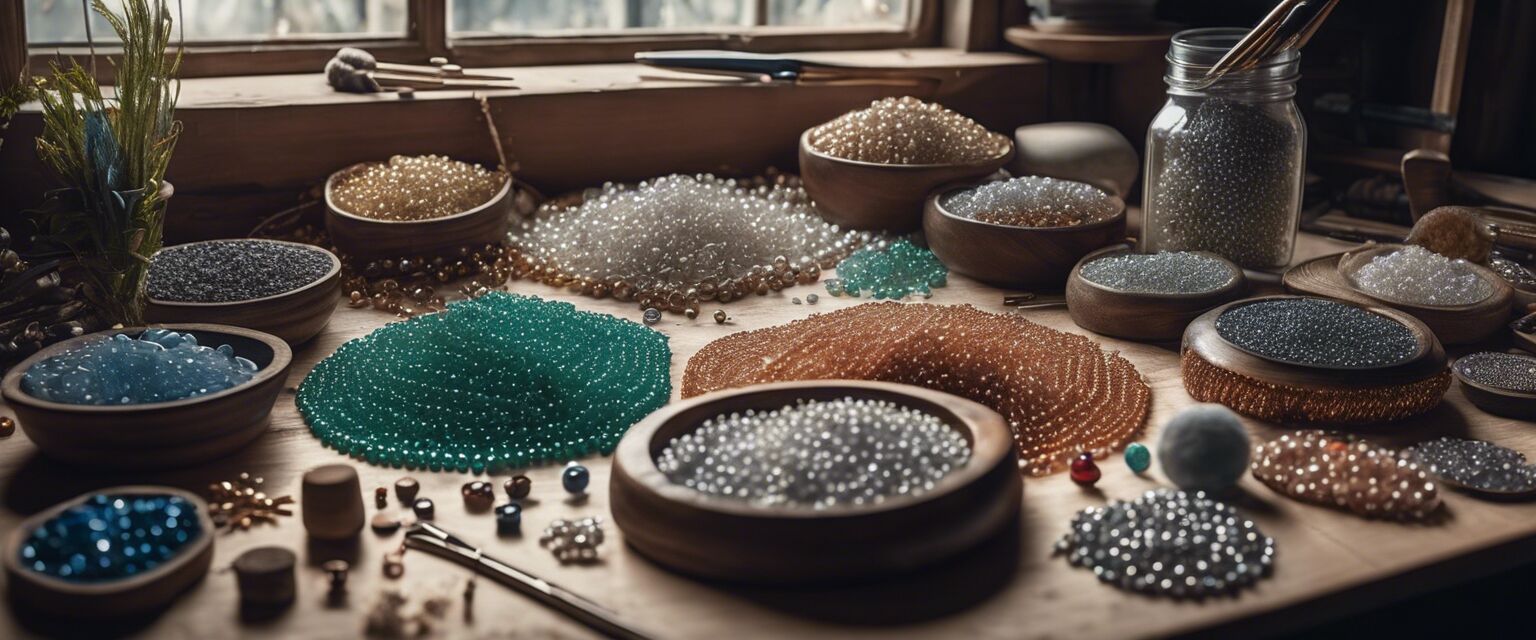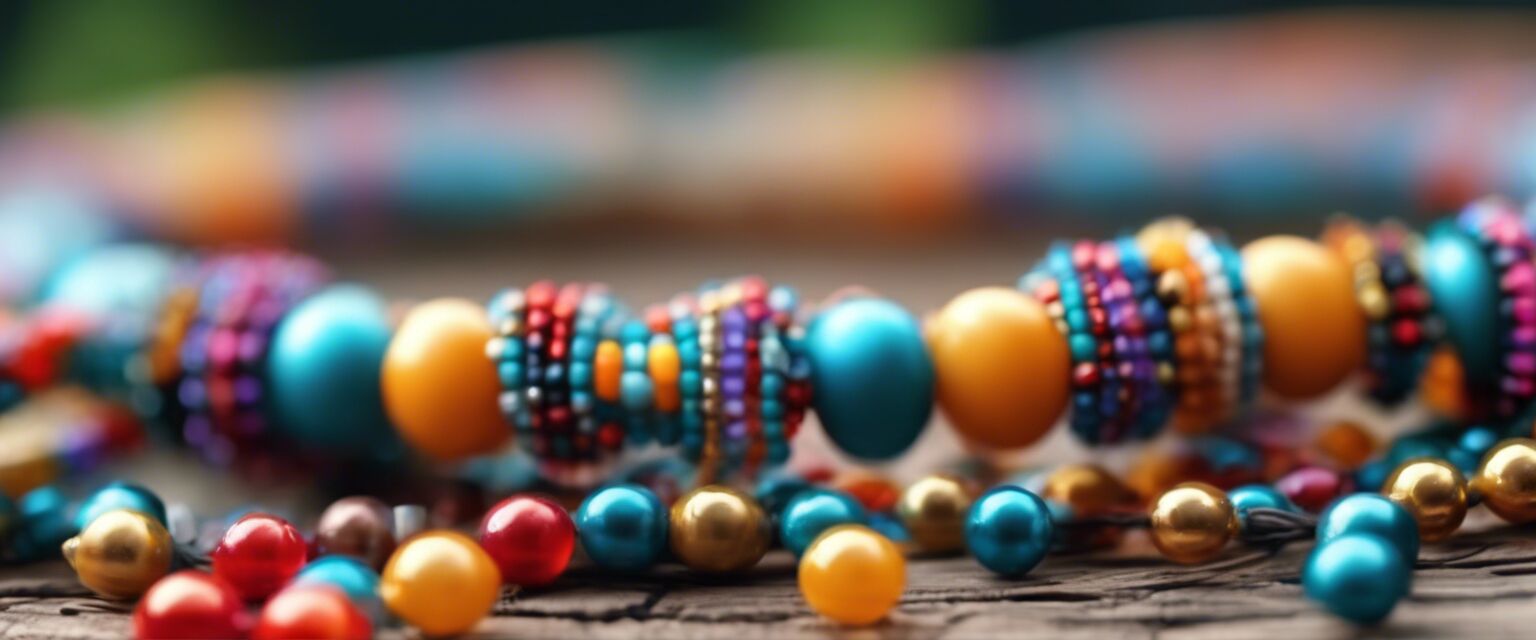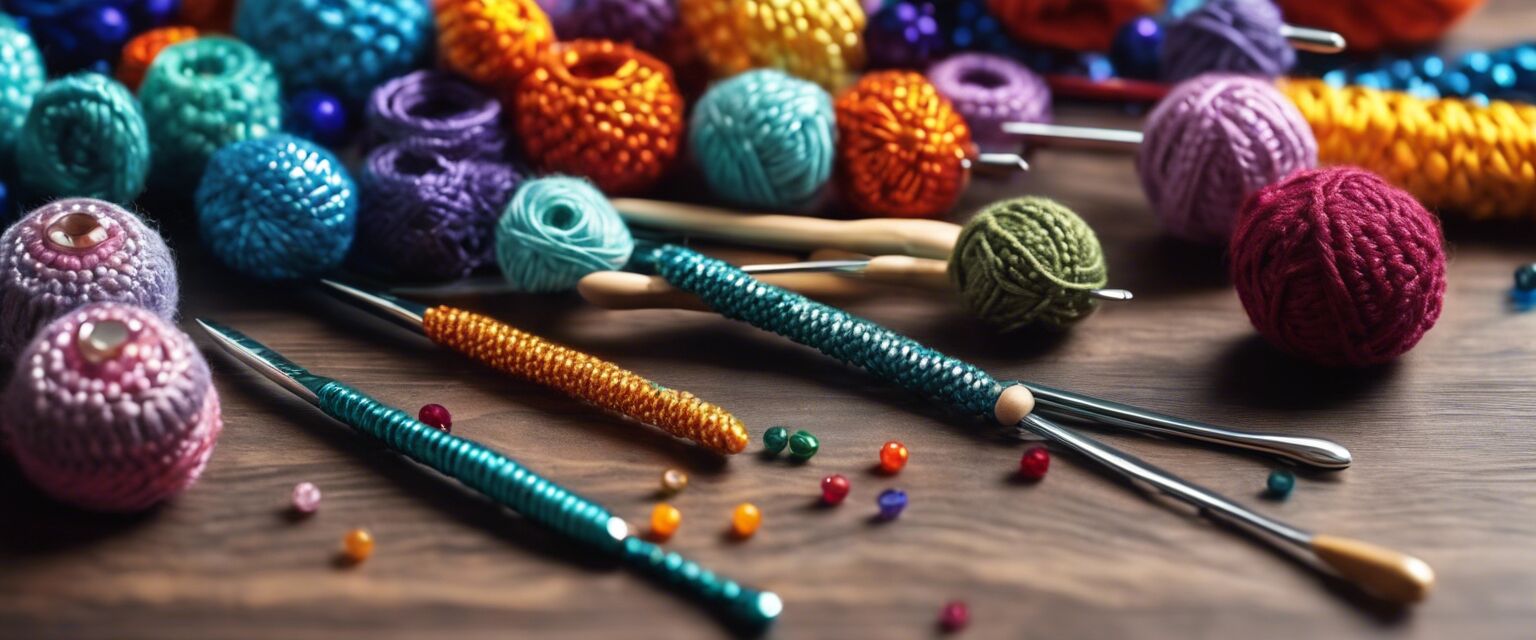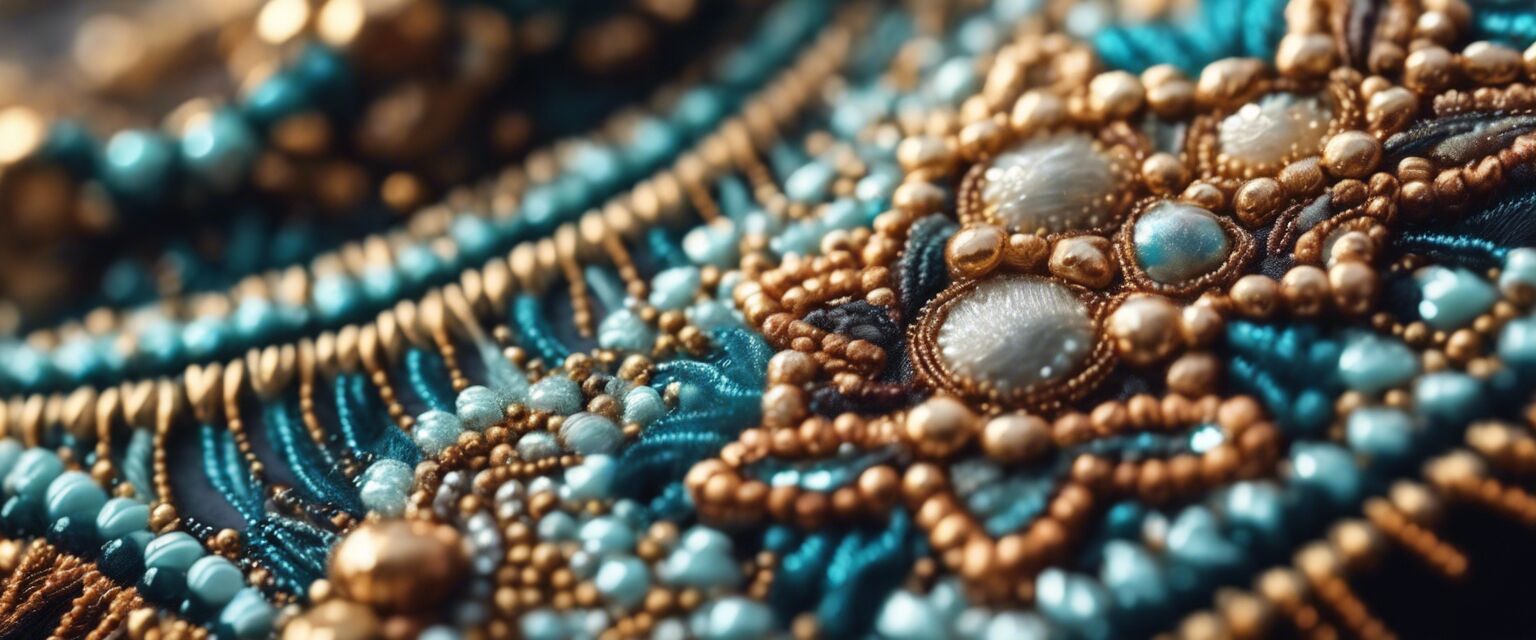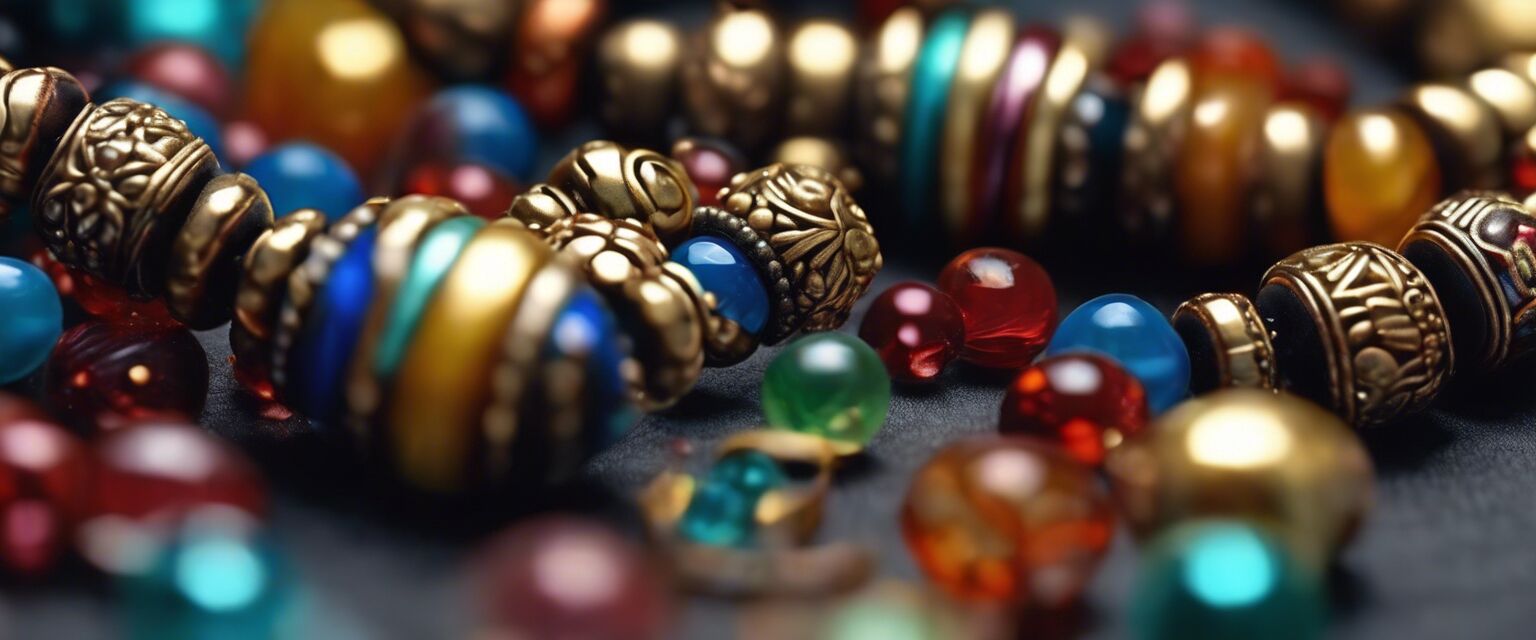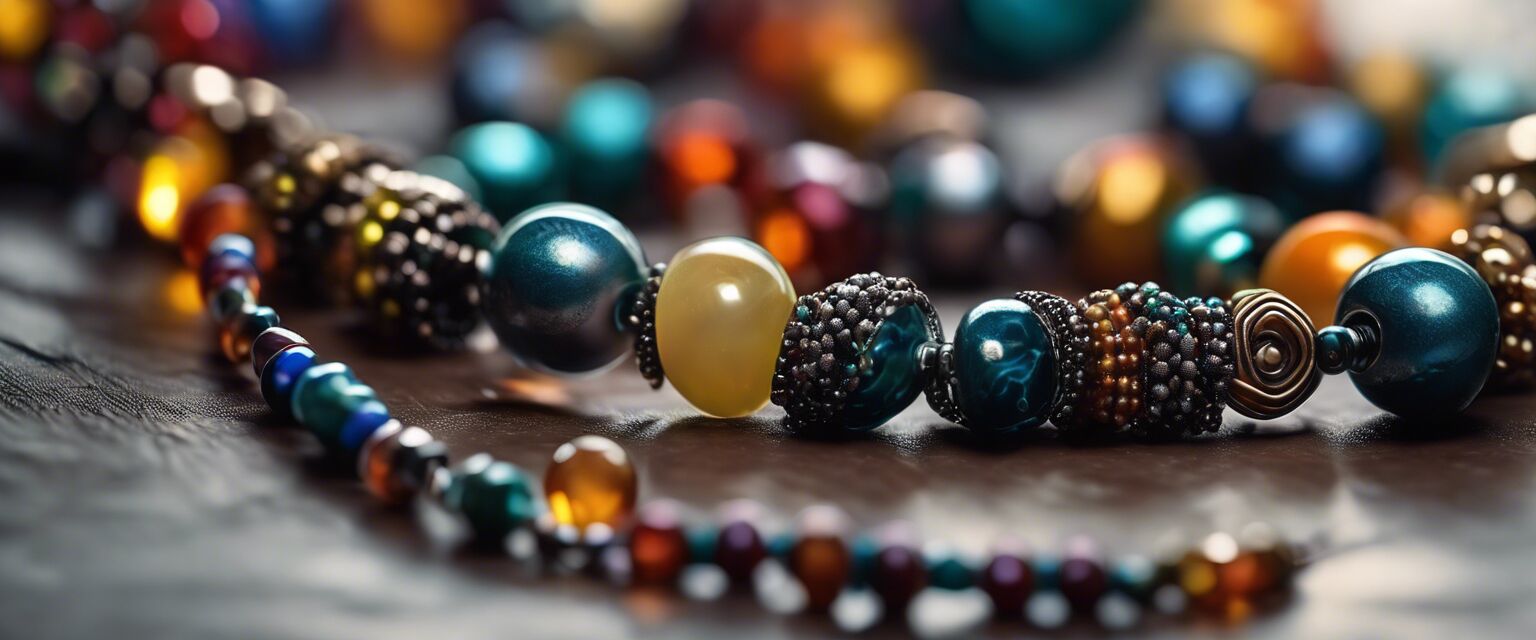
Stringing Techniques: A Comprehensive Guide
Stringing techniques are an essential part of beading, and there are many ways to combine beads using different stringing materials. In this article, we'll explore the various methods of stringing, the materials you'll need, and some helpful tips to get you started.
Key Takeaways:
- There are several stringing techniques, including wire working, knotting, and cord making.
- Choose the right stringing material for your project, considering factors like durability, flexibility, and color.
- Practice makes perfect, so don't be discouraged if your first attempts at stringing don't turn out as expected.
Types of Stringing Techniques
There are several types of stringing techniques, each with its own unique characteristics and requirements. Here are some of the most popular methods:
| Technique | Description | Materials Needed |
|---|---|---|
| Wire Working | Using wire to create a framework for your beads. | Wire (copper, silver, or gold), wire cutters, wire strippers |
| Knotting | Tying knots to separate beads and create a design. | Cord or thread, scissors, knotting tool |
| Cord Making | Creating a cord from fibers like cotton, hemp, or leather. | Cord material, cord maker, scissors |
Choosing the Right Stringing Material
The type of stringing material you choose will depend on the type of project you're working on, as well as your personal preference. Here are some popular stringing materials:
- Cord**: Great for knotting and cord making, cord is available in a variety of materials, including cotton, hemp, and leather.
- Wire**: Ideal for wire working, wire comes in different gauges and materials, such as copper, silver, and gold.
- Thread**: Suitable for beadweaving and knotting, thread is available in a range of colors and materials, including nylon, cotton, and silk.
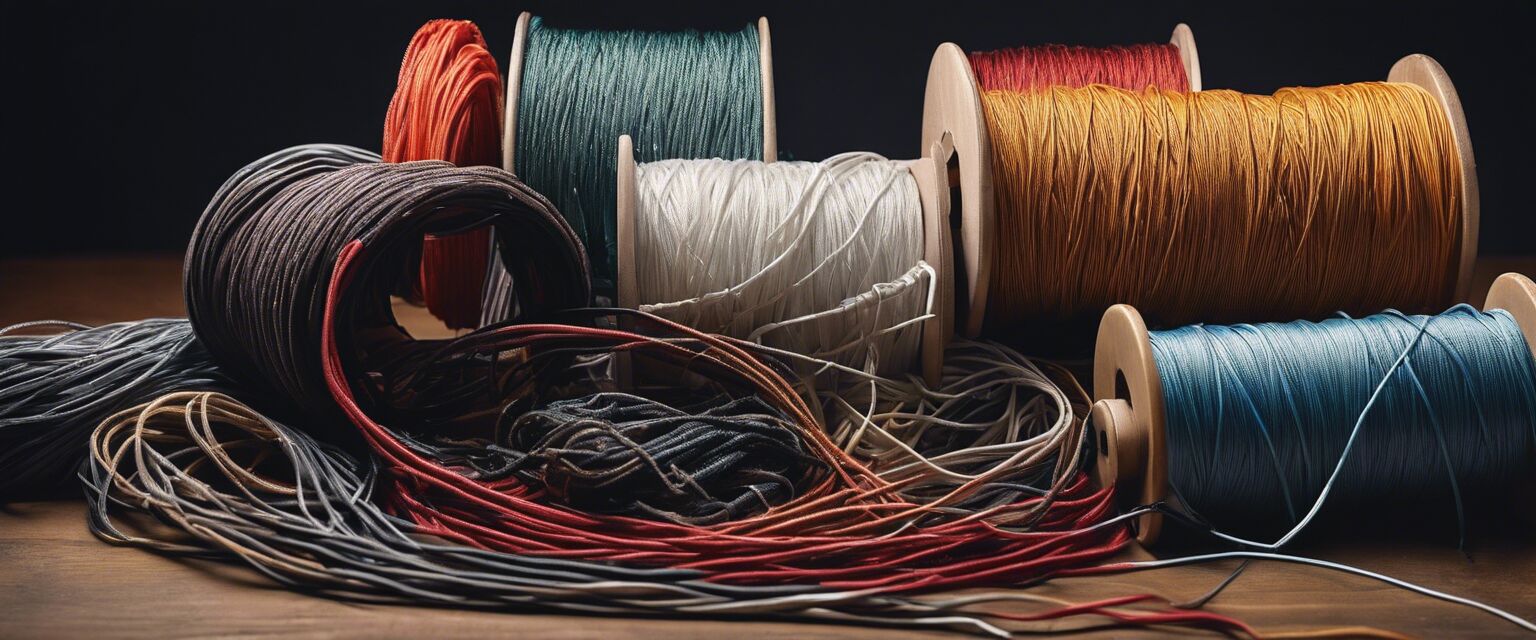
Tips for Stringing Success
Here are some helpful tips to keep in mind when stringing:
Beginners Section
- Start with a simple project, like a knotted cord necklace.
- Practice your knotting technique before working on a larger project.
- Use a bead mat or other surface to prevent beads from rolling away.
Common Mistakes to Avoid
Here are some common mistakes to watch out for when stringing:
Common Mistakes:
- Using the wrong type of stringing material for your project.
- Not leaving enough slack in your cord or thread.
- Not securing your knots properly.
Conclusion
Stringing techniques are a fun and creative way to combine beads and create unique pieces of jewelry. By choosing the right stringing material and following some simple tips, you can create beautiful pieces that showcase your skills.
For more information on beading techniques and materials, check out our Beading Kits, Beading Tools & Supplies, and Crystal Beads sections.
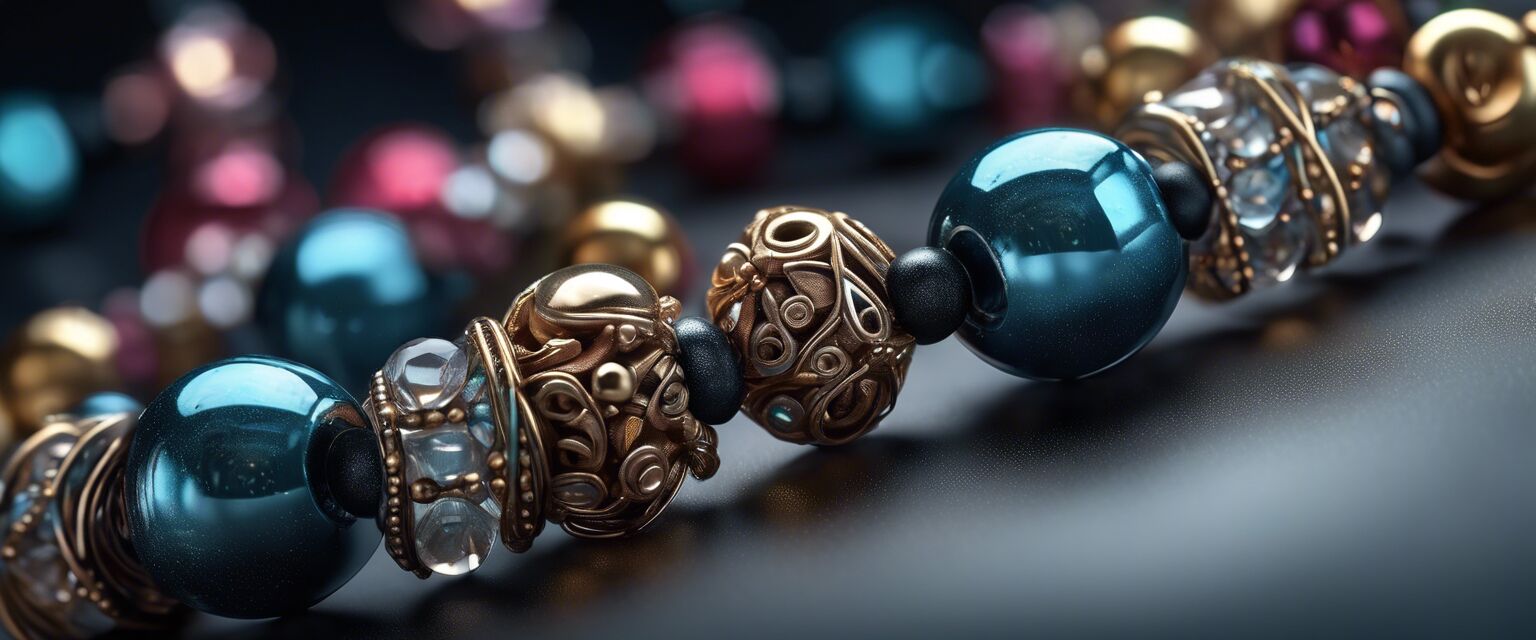
Happy beading!
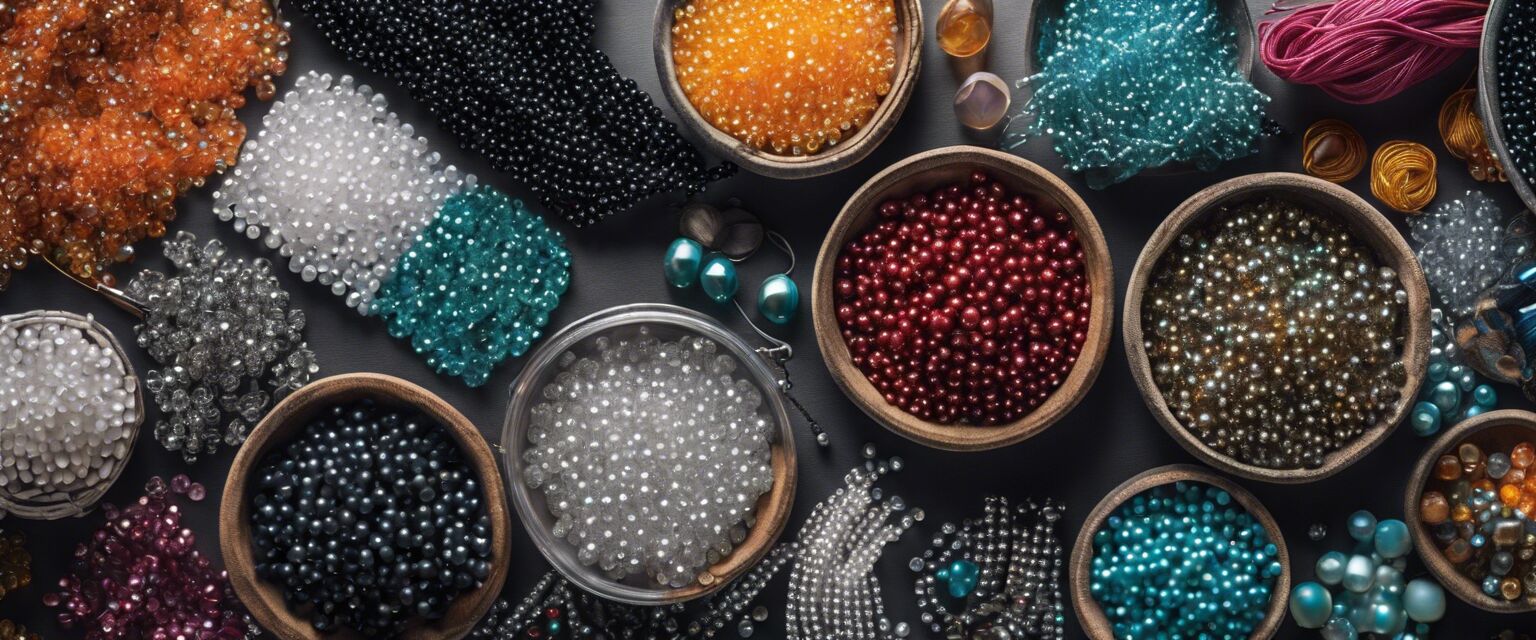
Check out our Thread & Wire section for more information on stringing materials.

